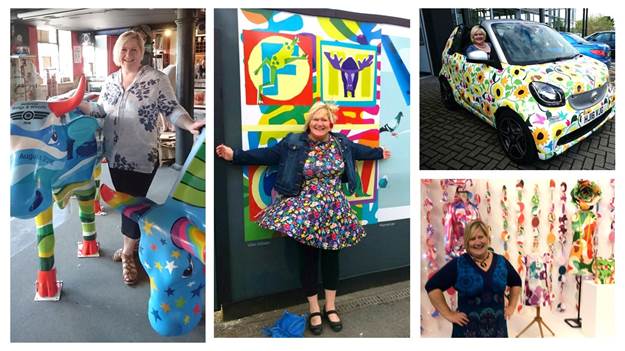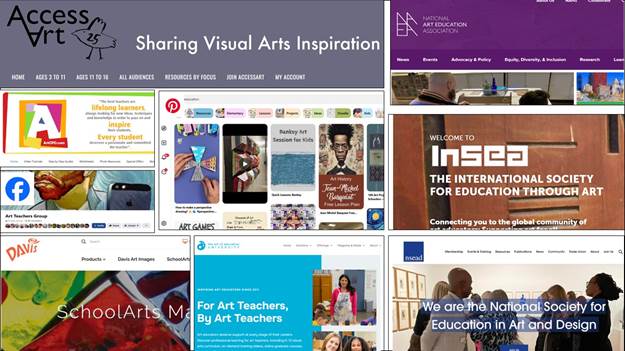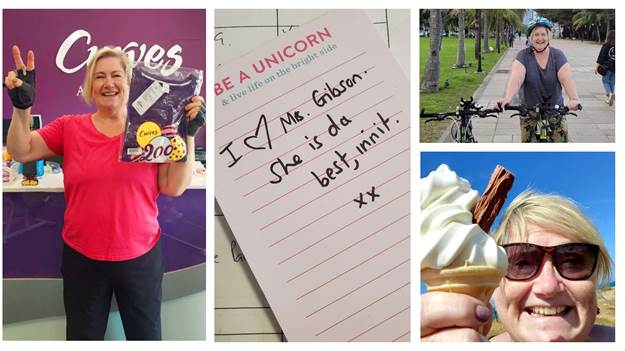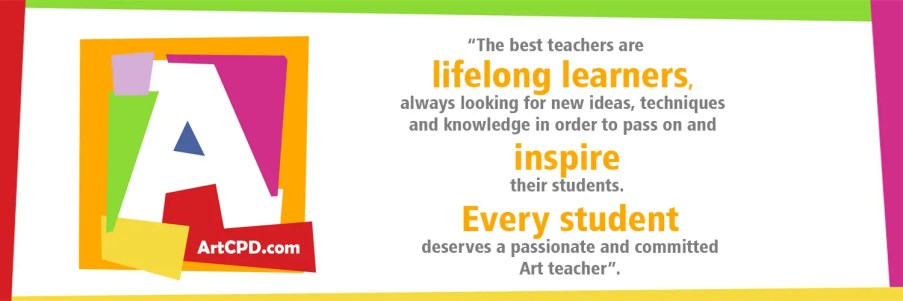Staying motivated teaching art isn’t always easy. We want to stay creative, enthusiastic, and focused on delivering engaging lessons. But like any profession, teaching has its rough patches.
We often feel pulled in different directions—managing admin, deadlines, and expectations that never seem to end. Support may be limited, and the pressure of assessments and curriculum demands can overshadow the lessons we’re truly excited to teach.
The end of term is especially tough. Students are out for trips, exams, and rehearsals. Yet the pressure to meet deadlines and finish projects doesn’t go away. It can feel impossible to keep up momentum while still giving students meaningful, memorable experiences.
But this is exactly when our mindset matters most. When students see us stay calm and committed to creativity—even during chaos—they notice. It’s not about being perfect. It’s about staying connected to what we love about teaching art, and remembering why it matters.
After 20 years in the classroom, I’ve found a few strategies that help me stay motivated teaching art, especially when everything feels overwhelming. These are the things that have helped me protect my creativity, engage students, and make it through the hardest weeks.
Strategy 1 – Make Your Own Art to Help Staying Motivated
One of the most effective ways I’ve found to keep my passion for art alive is to make time for my own creative practice. It’s easy to forget that we are artists first—after all, it’s our own creative journey that led us to this career in the first place.
Every year, I used to take students on visits to art universities to show them the incredible opportunities waiting for those who might want to pursue a creative career. I was always inspired by the variety of courses and wealth of talent on display. It made me reflect on my own creative journey and what I’d like to explore if I had the time.
When the opportunity came up to drop a day at school, I enrolled in a part-time MA in Illustration. It was the best creative kick-start I could have given myself. I focused on the things that truly excited me, rediscovered a love for mid-century modernism, and deconstructed and rebuilt my thinking and practice. I came away with a renewed passion for art and design, and that energy naturally flowed back into my classroom. My students could see it and were energized by it. I was living what I was teaching—sharing my passion, not just delivering a lesson.
No matter how small, any time spent making your own art is never wasted. It reconnects you with your talents, reminds you what it feels like to create, and brings an authentic energy to your teaching. As art teachers, we often forget that we have our own creative voice to nurture too—and keeping that voice alive is one of the best ways to stay motivated.

Strategy 2 – Engage in Professional Art Teacher Communities
I’m a big believer in the power of community. Teaching art can sometimes feel isolating, especially if you’re the only art specialist in your school or department. That’s why finding ways to connect with other art teachers beyond your own classroom is so important.
Online art teacher communities and professional associations are great spaces to feel supported, share successes, and gain fresh ideas and new perspectives. I love scrolling through the amazing projects, exhibitions, and student showcases that teachers around the world share. It’s not only inspiring—it reminds me that I’m part of a much bigger network of creative educators who face the same challenges and celebrate the same wins.
I subscribe to several art teacher websites, magazines, and resource platforms. I’ve purchased lesson plans and picked up project ideas from other teachers—knowing firsthand how much time, thought, and creative energy goes into putting them together. These resources have helped me refresh my curriculum, try new approaches, and save time, especially when I’ve needed a creative boost.
Engaging with a professional community helps you feel less alone in the challenges of teaching and opens the door to collaboration, inspiration, and professional growth. We don’t have to reinvent the wheel every time—sometimes the best ideas are just a click or conversation away.

Strategy 3 – Celebrate Student Achievements: Staying Motivated
Exhibitions and displays take time, energy, and effort—but they are some of the most powerful reminders of why our work matters. They make learning visible, celebrate student growth, and give our subject authenticity within the school community.
The annual art show is one of the highlights of the year in my classroom. It’s not just about showing finished pieces—it’s a celebration of the creativity, problem-solving, and technical skill students have developed over time. For students, having their work selected for exhibition gives them a huge sense of pride and accomplishment. It validates their effort and shows them that their creativity has value.
It doesn’t always have to be a big event either. Small, regular celebrations can make a big difference. Whether it’s a Student of the Week, a Golden Paintbrush Award, or a simple shout-out in class or on a display board, these moments of encouragement build student confidence and pride.
I also love turning technical challenges into mini-competitions. Offer a small prize—like a pencil, sticker, or certificate—and you instantly have students leaning in, ready to give it their best. Starting a project with a technical challenge is a great way to build skills and confidence before students apply what they’ve learned to their own creative response.
Celebrating student success—big or small—not only motivates your students but also reminds you of the impact you have as their teacher. It’s these moments of pride, excitement, and shared achievement that keep us all going.

Strategy 4 – Maintain Balance and Self-Care: Staying Motivated
Teaching art is full-on. We’re constantly moving between projects, materials, and techniques. One lesson it’s clay, the next it’s painting, then onto sculpture or animation. We demonstrate, support, troubleshoot, and encourage—every day. It’s physical, practical, creative, and demanding. It’s not a desk job, and that’s part of what makes it wonderful—but for self-preservation, we need to set clear boundaries and practice self-care.
As much as we love having students drop in to work independently, it’s vital to protect some time for yourself. Block off a few lunchtimes and breaks and close the art room door. Never feel guilty for leaving on time. You’ve given your all during the school day—now it’s time to recharge.
Last year, I made the decision to join a gym and commit to 45 minutes a day after school. That small change became routine and has made me feel stronger, more focused, and better able to handle the pressure of a busy school week. I found that by investing in my own health and wellbeing, I had more energy and resilience to bring to the classroom. I had more patience with the demands of the day, because each day I reset my headspace.
Staying inspired as an art teacher doesn’t just happen—it takes intention. There will always be weeks that feel like a whirlwind of deadlines and disruptions. But when we come back to the heart of what we do. Sharing the power of art and creativity with the next generation. We can keep showing up with purpose and passion.
In the end, students won’t remember every perfectly planned lesson. But they will remember your enthusiasm, your creativity, and the way you made them feel in the art room. Go have that ice cream—you’ve earned it!

Final Thoughts on Staying Motivated
The end of term is tough. We’re running out of time, projects aren’t finished, work needs to be graded, and you’ve got reports to write. We have programmes to plan for the next academic year. You might find yourself daydreaming about a career change, but before you hand in your glue gun and clear your desk, remember this: what we do really matters. We give students a voice, nurture their creativity, and sometimes ignite passions they didn’t even know they had. That’s a pretty incredible legacy.
So if you’re feeling frazzled and running almost entirely on caffeine, hang in there. The holidays are just around the corner—and you’ve absolutely earned them. You’ve got this!
For easy access to all our tutorials and worksheets, visit our Teachers Pay Teachers (TPT) store:
https://www.teacherspayteachers.com/store/art-cpd
Stay connected and updated on promotions and new launches by following our Facebook page:
https://www.facebook.com/artcpd
For quality art education resources, including video tutorials, worksheets, and step-by-step guides, visit our website:
All of our resources—including video tutorials, printable step-by-step guides, and worksheets—are tried-and-tested, real-life projects that have been delivered and refined with middle and high school students. We’re always grateful for your positive reviews and happy to answer any questions you may have.
Artistically yours,
Vikki Gibson and the Art CPD Team

